Julian Tenison Woods leaves Adelaide
July 30, 2025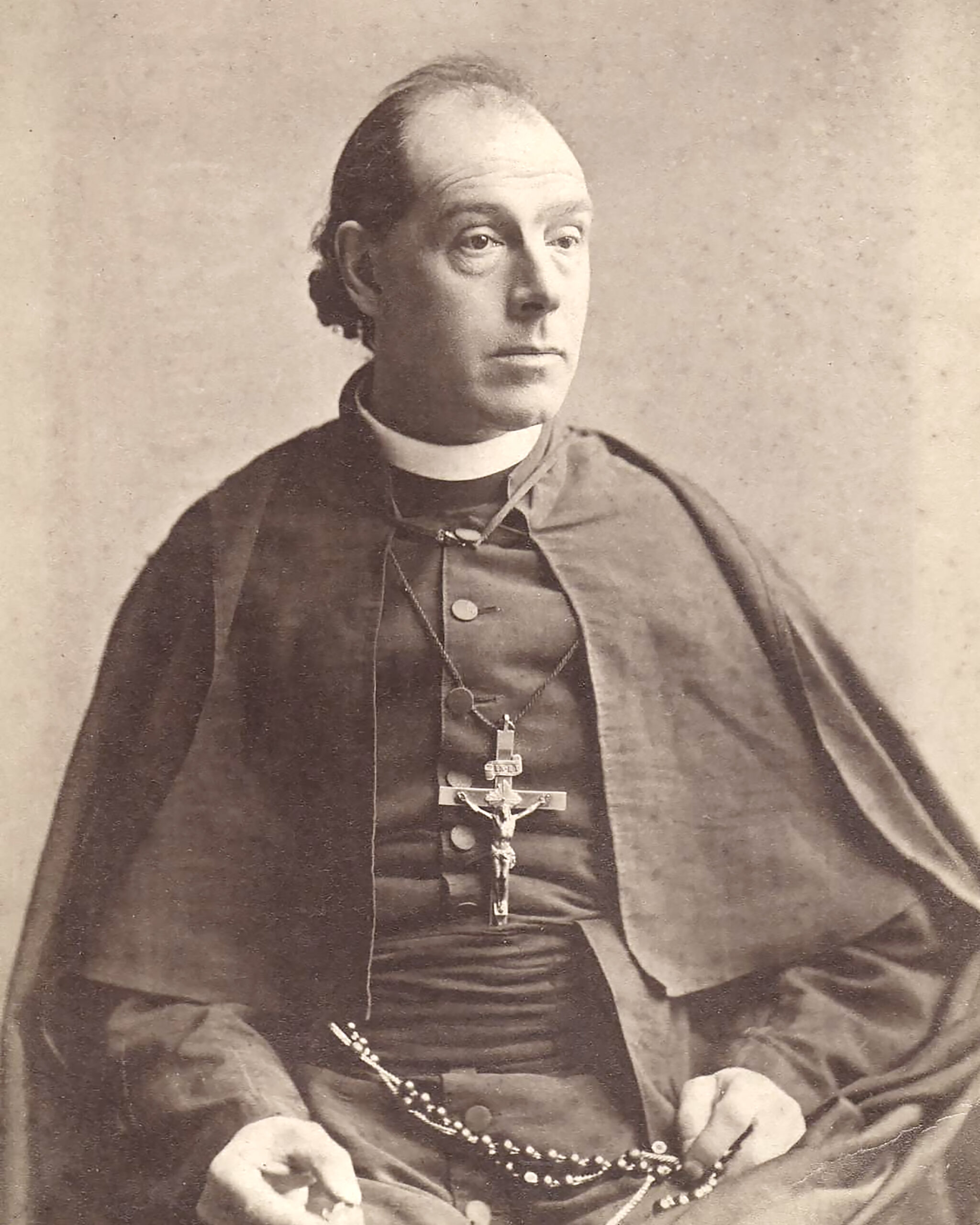 Father Julian Tenison Woods.
Father Julian Tenison Woods.
Father Julian Tenison Woods’ memoir records a dejected figure slipping out of Adelaide on the evening of 1 August 1872. Few witnessed his departure, and he left “without a word of adieu except to the Administrator of the diocese and the head Sister of St Joseph” (Tenison-Woods 1887, 102). He was carrying deep wounds, very little luggage, and even less hope that he might return soon.
Fr Julian and the Sacred Heart
June 24, 2025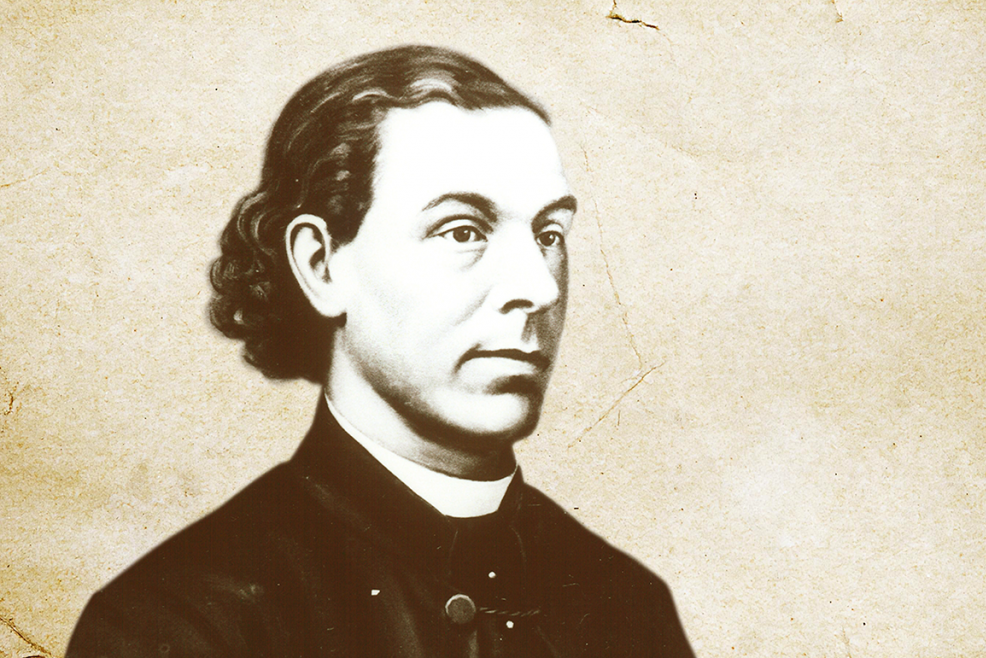
Father Julian Tenison Woods had a profound love for God and a mystic appreciation of all God’s creation. I believe this came from his own experience of being loved by God and was expressed through the symbolism of the Sacred Heart of Jesus. He named the Congregation he co-founded with Saint Mary MacKillop, the Sisters of Saint Joseph of the Sacred Heart and he often signed his letters to the Sisters with the phrase “Yours most faithfully in the Sacred Heart”.
Uniting to Care for our Common Home
April 22, 2025
What do NSW scuba divers, Josephite Sisters and a Catholic priest have in common? A commitment to care for the environment… Robert Purdon is a health worker, lover of nature and volunteer. He writes on behalf of the Josephite Laudato Si’ Action Plan Team.
Bushrangers Bay is an aquatic reserve in Shellharbour, New South Wales (NSW). The legislation around Bushrangers Bay and Bass Point is not black and white, and certain political groups have lobbied government for a weakening of the legislation and regulation that provides protection to marine life.
Ordination Anniversary of Julian Tenison Woods
January 3, 2025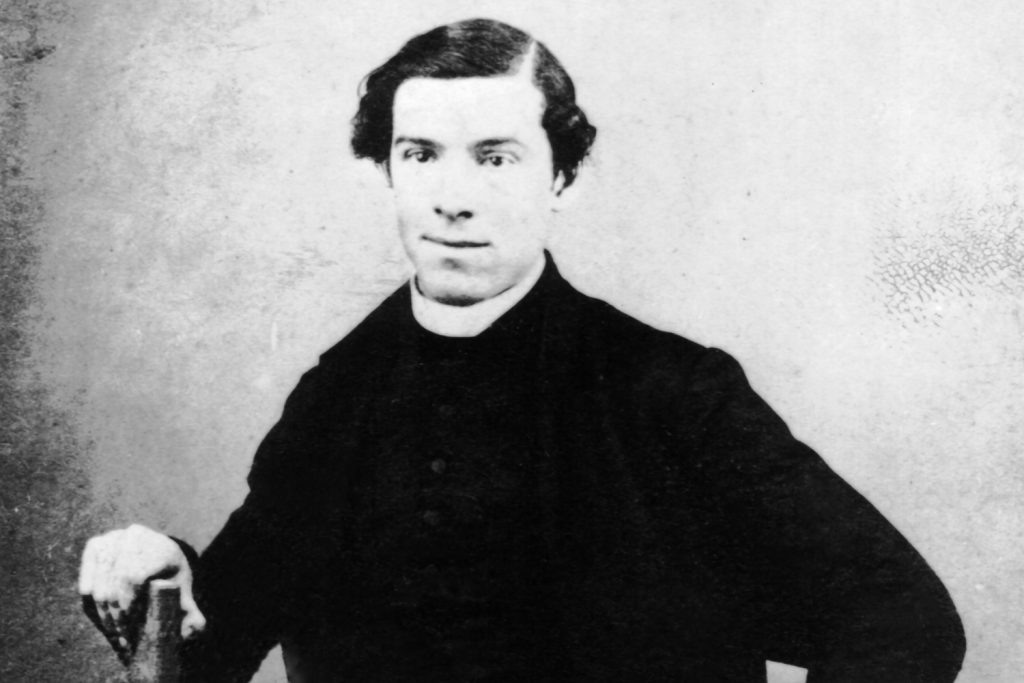
Twenty-four-year-old Julian Woods [1] was ordained a priest by Bishop Francis Murphy in Adelaide’s St Patrick’s Church on 4 January 1857. From his mid-teens, Julian’s one goal and longing had been ordination.
Raised in London by his Irish parents with the general conviction of Christian faith, he had no clear denominational identity. His mother was Anglican, his father Catholic, though non- practising. He was regularly sent with his brothers to the Anglican services, but recognised the reverence with which his father spoke of his earlier reception of the sacraments.
Julian Tenison Woods – No Ordinary Man
November 15, 2024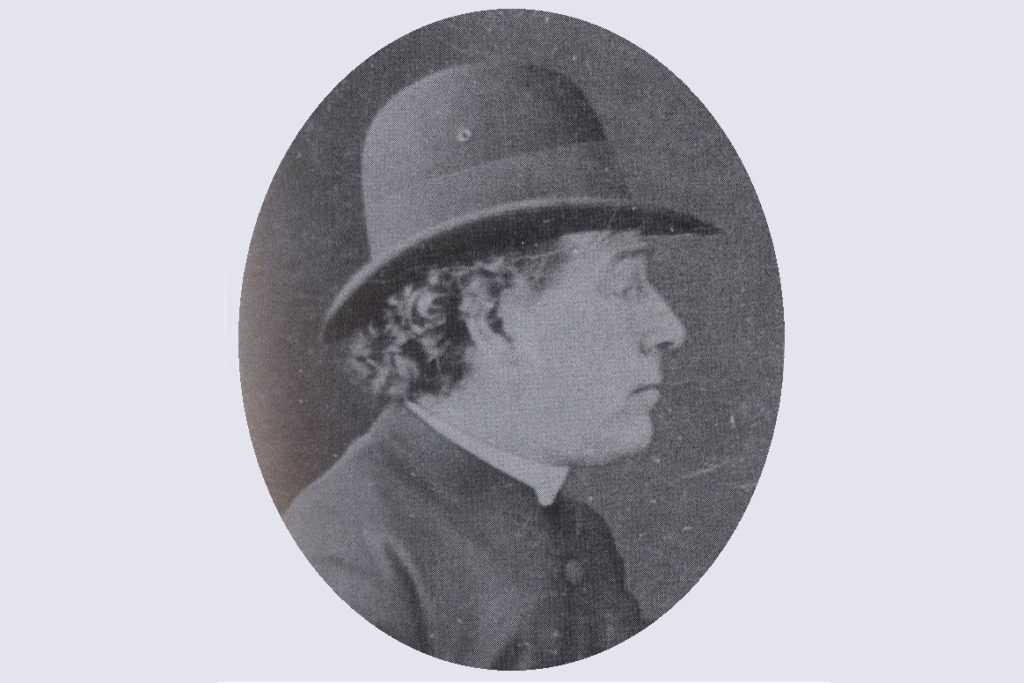
The early years are widely recognised to be the most important years of a child’s life. From all accounts, real love between parents and children was shown in the Tenison Woods family.
As Sr Isabel Hepburn recalls in No Ordinary Man, Julian Tenison Woods ‘mostly remembers himself as very happy in a world very bright without any dull days. All his memories of the earliest stages of life are those of a golden summertime, the horizon bounded by sunlight’. (p. 15) Noting also that the country enchanted Julian. ‘The fields, the trees, the sheep, the cattle were simply delightful to me. I thought the sight of green trees, the blossom of springtime, or the smell of new mown hay were amongst the most enjoyable things in life.“ (p. 14) From this rich foundation, the rest, as is said, is history.
Julian Tenison Woods – Encouraged by Saints
November 1, 2024
We celebrate the feast of All Saints on 1 November with a reflection by Sr Jan Tranter.
Drawn to priesthood from youth and struggling to his goal, Julian Tenison Woods was encouraged by three priests who are now recognised or on the path to be recognised as saints.
Venerable Ignatius Spencer, St Peter Julian Eymard and St Jean Marie Vianney, each affirmed Julian in his journey to priesthood. Canon Frederick Oakeley stands with them, encompassing Julian’s contact with the other three.
Love of God, love of neighbour, love of common home
October 6, 2024
Joy and Suffering
One of the greatest joys I have experienced through the Josephite charism is the beauty of relationship between Mary MacKillop and Father Julian Tenison Woods. Jan Williamson captured it wonderfully in her painting The Vision. But joy and suffering often go together.
I remember suffering when I first learned of Mary and Fr Julian’s estrangement. That luminous Vision of them both suddenly felt like a naïve fairytale. The realisation shook my confidence in the goodness of the charism. Feelings arose like those I had experienced as a young adult when my parents each explained to me how they were considering separating from one another. My response was fearful denial. I didn’t want to believe it could happen in our family. Thankfully, it didn’t. But the experience revealed the difference between a beatific vision of my family and the reality.
A Visit with Fr Julian
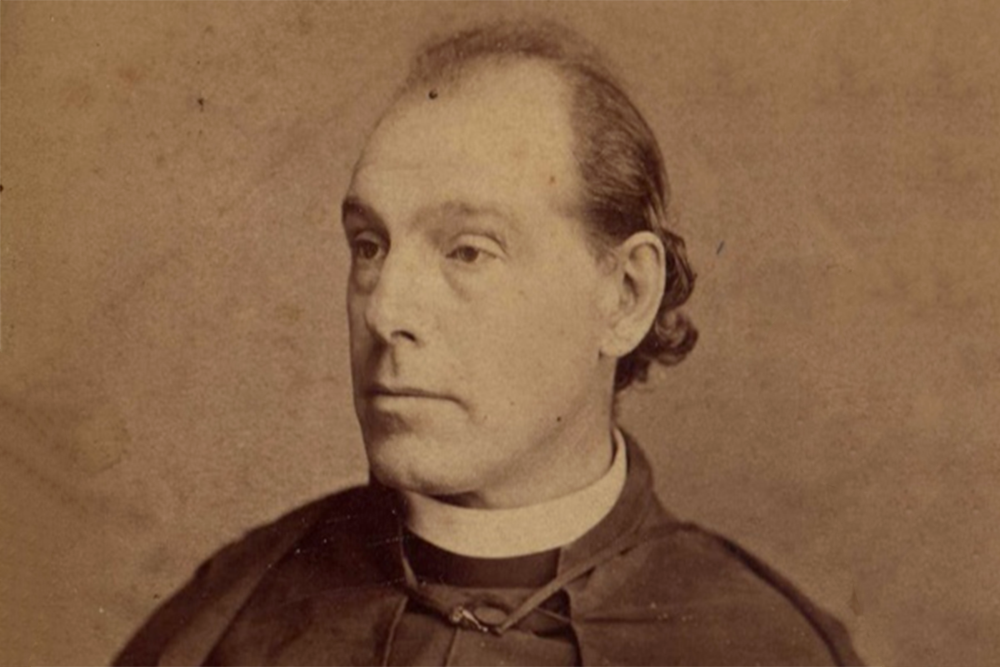
Father Julian Tenison Woods died on 7 October 1889 in Elizabeth Street, Sydney. Since May 1887, he had been cared for by a community of women who, under the leadership of Gertrude Abbott, would later found St Margaret’s Hospital. With their help, he was able to sort out his notes and dictate them into articles and papers, answer letters and record his memoirs. He also received many visitors, including Mary MacKillop.
I invite you to imagine being one of those visitors – making your way to Elizabeth Street and finding Fr Julian in poor health, but still welcoming and ready to talk. What would you talk about?
